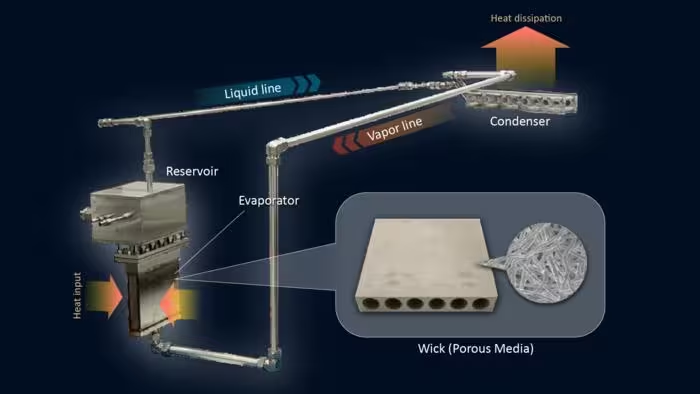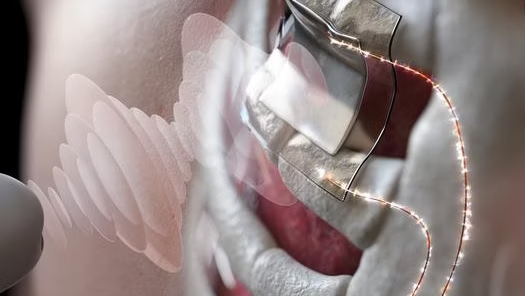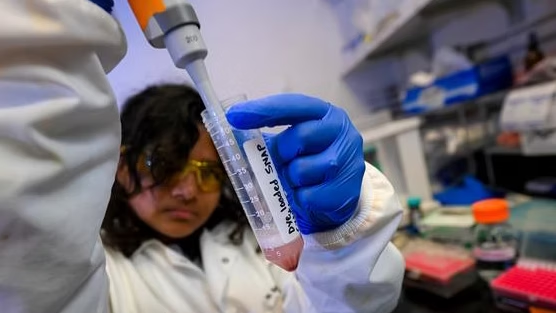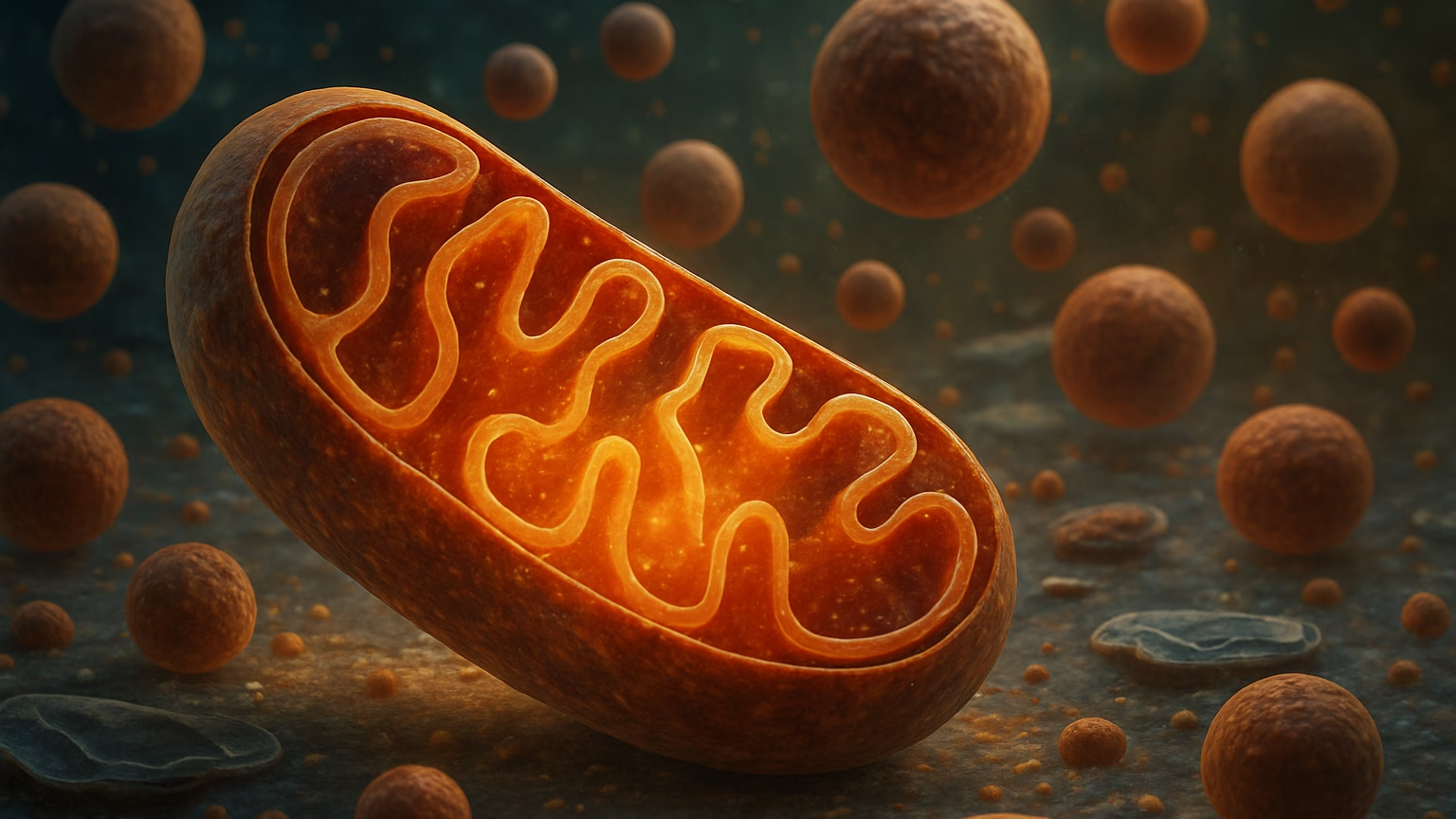Researchers at Nagoya University in Japan have developed a loop heat pipe that is 18% smaller and has a heat transport capability 1.6 times greater than previous designs.
From Nagoya University 06/08/24

A team of researchers from Nagoya University in Japan has developed a loop heat pipe (LHP) that can transport up to 10 kW of heat without the need for electricity.
This heat transport capability is the largest in the world.
The group’s LHP aims to contribute to energy savings and carbon neutrality in various fields, including industrial waste heat recovery, solar heat utilization, electric vehicle (EV) thermal management, and data center cooling.
The findings are detailed in the International Journal of Heat and Mass Transfer.
This LHP surpasses the previous largest loop heat pipe due to enhancements in the evaporator structure.
These improvements led to an 18% reduction in size, 1.6 times increase in heat transport capability, and a fourfold increase in heat transfer efficiency compared to the previous LHP developed by Nagoya University.
LHPs have been used in manned space flights, electric vehicles, meteorological satellites, and home electronic appliances.
“This LHP is unprecedented in transporting such a large amount of heat without electricity, achieving the world’s largest non-electric heat transport,” said Professor Hosei Nagano, a senior researcher involved in the project.
“This eliminates the need for the electricity previously consumed by conventional mechanical pumps, allowing for near-perpetual heat transport without electricity.”
The EV industry is seeing a rising demand for energy-efficient cooling methods because of companies’ growing awareness of their carbon footprint.
LHPs help EVs improve overall efficiency by providing cooling that does not require electricity, reducing the need for electrical power.
“For electric vehicles, maintaining the inverter temperature is crucial for optimal performance,” explained Shawn Somers-Neal, a graduate student involved in the project.
“Traditional cooling methods for inverters require energy, but our LHP maintains temperature without electricity.”
“This leads to an increase in efficiency while being able to handle the high heat loads required in industry.”
In an LHP, a working fluid and a porous material called a wick are used to transport heat efficiently over long distances.
The wick draws the working fluid to the surface through capillary action.

When heat is applied to the evaporator, the fluid on the wick’s surface absorbs the heat and turns into vapor.
This vapor travels to the condenser, where it releases the heat and condenses back into liquid.
The liquid then returns to the compensation chamber, where it contacts the wick again, which draws it back to the surface and continues the cooling cycle.
The group enhanced the wick section of the LHP by making it thinner, longer, and wider while preserving its high-quality porous properties.
They also improved heat transport capabilities by narrowing the channels that allow the vapor to escape from the evaporator and adding additional channels on the sides, thereby increasing the total number of channels.
“The uniqueness of the loop heat pipe (LHP) is the shape, quality, and size of the wick and the overall performance of the LHP.”
“Usually, when making larger wicks, the quality decreases, but the quality of this wick is similar to that of smaller wicks,” explains Professor Nagano.
“The wick has cores that help reduce the thickness, leading to less pressure drop and lower operating temperatures.”
The newly developed LHP demonstrated a heat transfer efficiency of more than four times that of existing LHPs during testing.
The design was so effective that it transported waste heat over a distance of 2.5 meters without power, using the capillary force generated by the wick.
This set a record for non-power heat transport.
“This pioneering LHP technology is expected to revolutionize energy conservation and carbon neutrality across multiple fields, including factory waste heat recovery, solar heat utilization, electric vehicle heat management, and data center cooling,” Somers-Neal said.
“The effective saving of factory waste heat marks a significant step towards sustainable energy solutions.”
More info
You may also be curious about:
-

New sodium fuel cell could enable electric aviation
-

The most extreme solar storm hit Earth over 14,000 years ago, scientists identify
-

Electronic face tattoo gauges mental strain
-

Solitonic superfluorescence paves way for ambient temp quantum computing
-

Cosmic mystery deepens as astronomers find object flashing in both radio waves and X-rays
-

The rotors are also the wheels on this morphobot
-

Bed bugs are most likely the first human pest, 60,000 years and counting
-

What lurks beneath? Only 0.001 percent of the deep seafloor has been imaged
-

Ultrasonic wireless charging for implanted medical devices
-

New larvae-attracting gel could boost coral reef restoration
-

30 percent weight loss in mice by restricting one amino acid
-

Kissing linked to depression transmission through oral microbiota exchange
